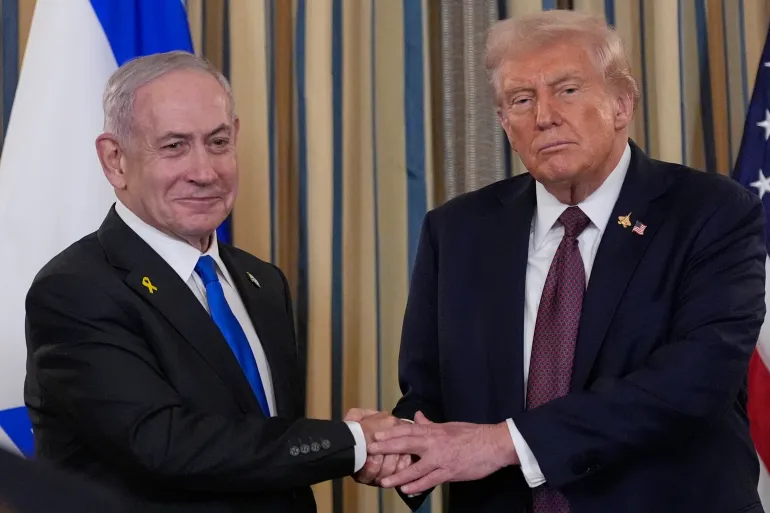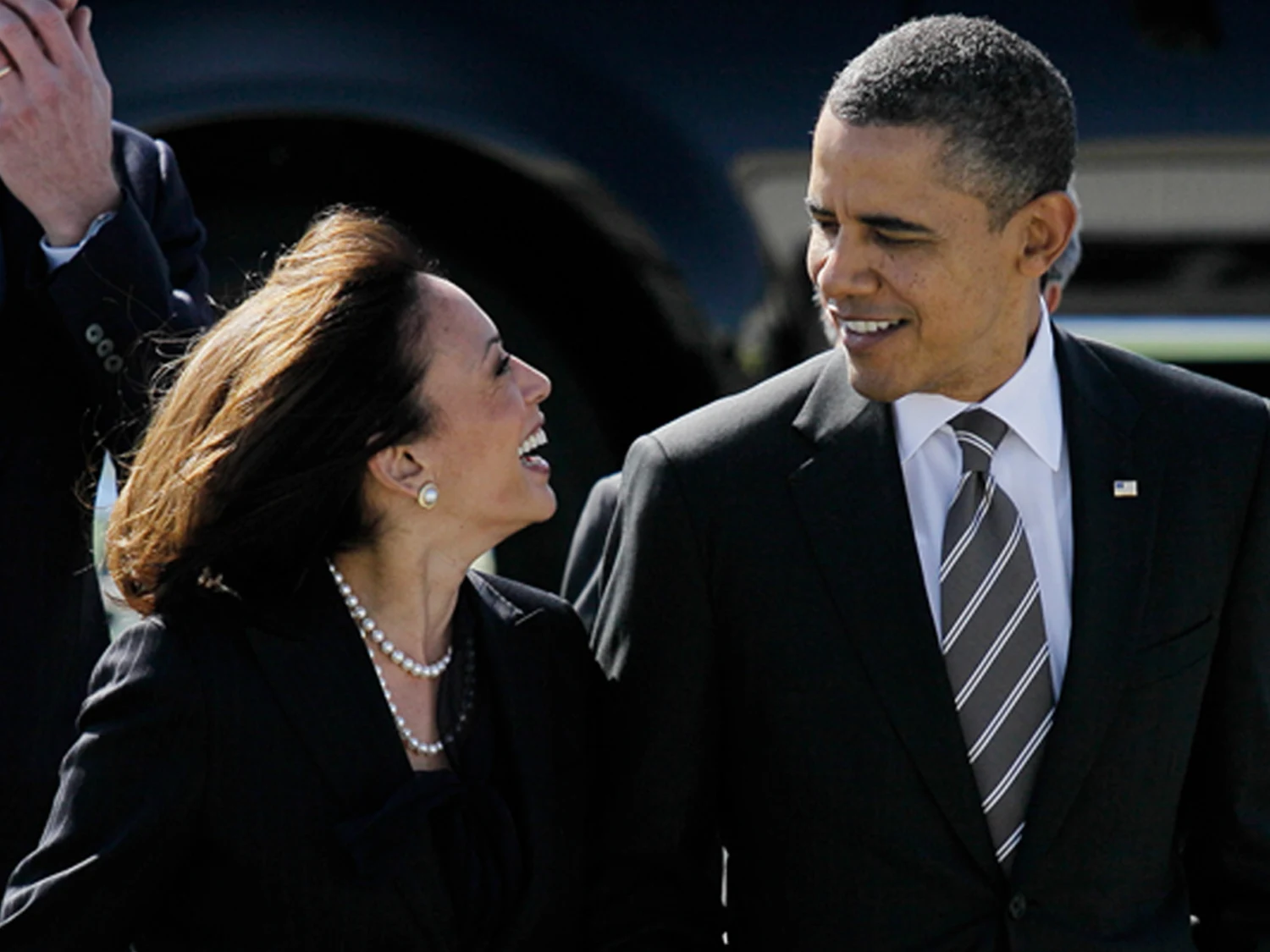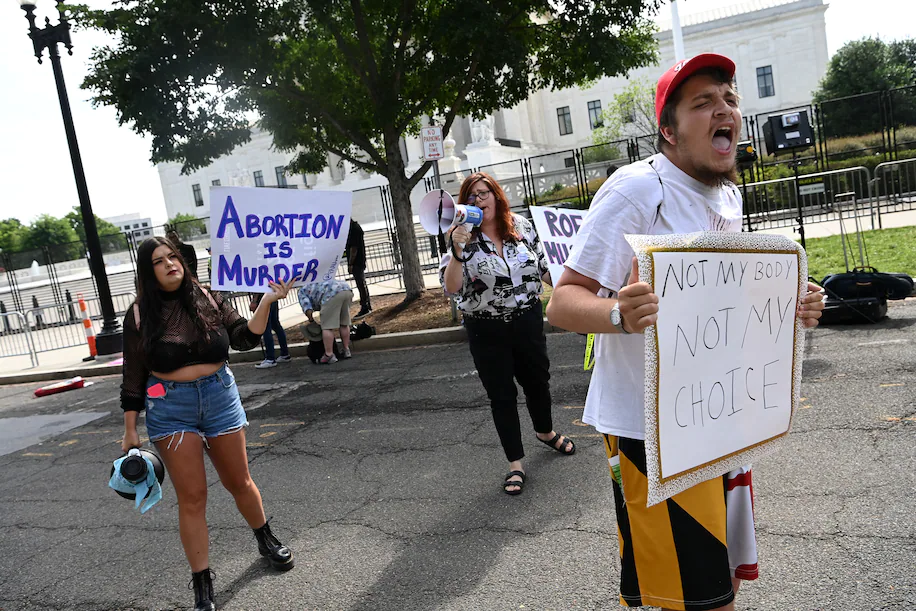Trump’s Next Fed Battlefield: Quiet Reappointments With Big Stakes
The original story by Howard Schneider and Ann Saphir for Reuters.
Normally, this would be the most boring thing in central banking: every five years, the 12 presidents of the regional Federal Reserve banks get quietly vetted and reappointed, and everyone moves on.
Not this time.
With all 12 regional Fed presidents up for reappointment in early 2026, and President Donald Trump openly pushing for more control over interest rates, what’s usually a rubber-stamp process is turning into the next potential front in the fight over the Fed’s independence.
Two things have cranked up the drama:
- Atlanta Fed President Raphael Bostic’s surprise retirement, announced Wednesday, right as the reappointment process is gearing up.
- Trump’s recent efforts to expand his influence at the Fed — including trying to fire Fed Governor Lisa Cook and preparing to name a new Fed chair once Jerome Powell’s term expires in May.
Bostic’s decision to step down early has thrown a spotlight on what is usually an opaque, procedural affair. He’s only 59 — more than five years from the Fed’s mandatory retirement age — and has drawn criticism from conservatives for speaking openly about racial and economic inequality. An internal probe also faulted him for creating the appearance of conflicts related to his personal investments.
His exit raises a sharp question: will Trump and his allies try to use this reappointment cycle to reshape the Fed from the inside out?
On paper, the White House doesn’t appoint the regional Fed presidents.
Here’s how it works:
- Each of the 12 regional Fed banks (Atlanta, New York, San Francisco, etc.) has its own board of directors, made up mostly of business leaders and community figures.
- Those local boards select the president of their bank.
- But that choice must be approved by a majority of the Fed’s Board of Governors in Washington.
That’s where Trump comes in.
Right now, of the seven Fed governors:
- Three are Biden appointees
- Three are Trump appointees
- Powell, originally appointed as a governor under Obama, was made chair by Trump and then reappointed as chair by Biden
Trump has already moved to increase his sway by filling vacancies with his allies, including bringing in a former White House economics official as a governor just two months ago after a surprise departure.
So while Trump can’t directly pick Bostic’s replacement in Atlanta, he can shape who gets approved — and, in theory, who gets pushed out.
During Trump’s first term, his Justice Department quietly produced a legal opinion that now looks like a roadmap.
In a 2019 memo, then–Deputy Assistant Attorney General Henry Whitaker argued that the Fed’s Board of Governors has broad power to remove regional bank presidents “at will” — essentially treating them as subordinates that Washington can hire and fire.
That matters because:
- Five regional bank presidents vote on interest rates each year as part of the Fed’s powerful Federal Open Market Committee (FOMC).
- Those regional chiefs also oversee bank supervision in their districts and drive much of the Fed’s research and policy debate.
If Trump-appointed governors start using that removal power to clear out regional presidents and install more sympathetic voices, it could “lead to a real change in the way monetary policy is formulated,” said Lev Menand, a Columbia Law School professor who studies central banking.
It would almost certainly trigger a messy legal fight, entangling not just Fed officials but also the local boards and business leaders who sit on them. But the memo gives Trump a legal foothold to try.
For decades, one of the core principles of modern economics has been that central banks should be insulated from day-to-day political pressure, especially on interest rates. Research overwhelmingly finds that when politicians can bully central banks into cutting rates before elections, inflation tends to be higher and long-term economic outcomes worse.
Trump hasn’t exactly been shy about testing those norms.
- He’s relentlessly attacked Jerome Powell, accusing him of keeping rates “too high.”
- He’s made the first-ever attempt by a president to fire a sitting Fed governor, targeting Lisa Cook. That case is now headed to the Supreme Court, where justices have already noted that the Fed’s structure is different from other agencies.
- And he’s made clear he wants lower interest rates — fast.
The ongoing Cook dispute will set an important precedent about how protected Fed governors really are. But the regional presidents sit in a murkier legal category — and that’s what has Fed watchers nervous.
For now, there are signs the system is still operating as it always has.
Powell told reporters recently:
“We’re in the middle of that process and we’re going to complete it in a timely way.”
Historically, reappointments have been unanimous. At the last such vote in January 2021, Trump nominees held a majority on the Board — and still all presidents were renewed without a fight.
Analysts like Derek Tang of LH Meyer think the Fed will likely reappoint all of the current regional presidents this time as well, aside from filling Bostic’s seat.
But even if nothing dramatic happens in this cycle, Tang warns the threat is now out in the open:
“The fact that a light is being cast on this issue is itself a warning sign that Fed independence is not safe.”
And the pressure may only grow:
- Trump is expected to nominate a new Fed chair after Powell’s term ends in May.
- Vice Chair Philip Jefferson faces his own reappointment decision in 2027.
- Trump’s newest governor, Stephen Miran, is widely expected to return to the White House in early 2026, potentially bridging the two institutions politically even more.
For decades, regional Fed presidents were largely anonymous technocrats. In the next year or two, they may find themselves on the front lines of a very public power struggle — with the future of US monetary policy hanging in the balance.







The latest news in your social feeds
Subscribe to our social media platforms to stay tuned